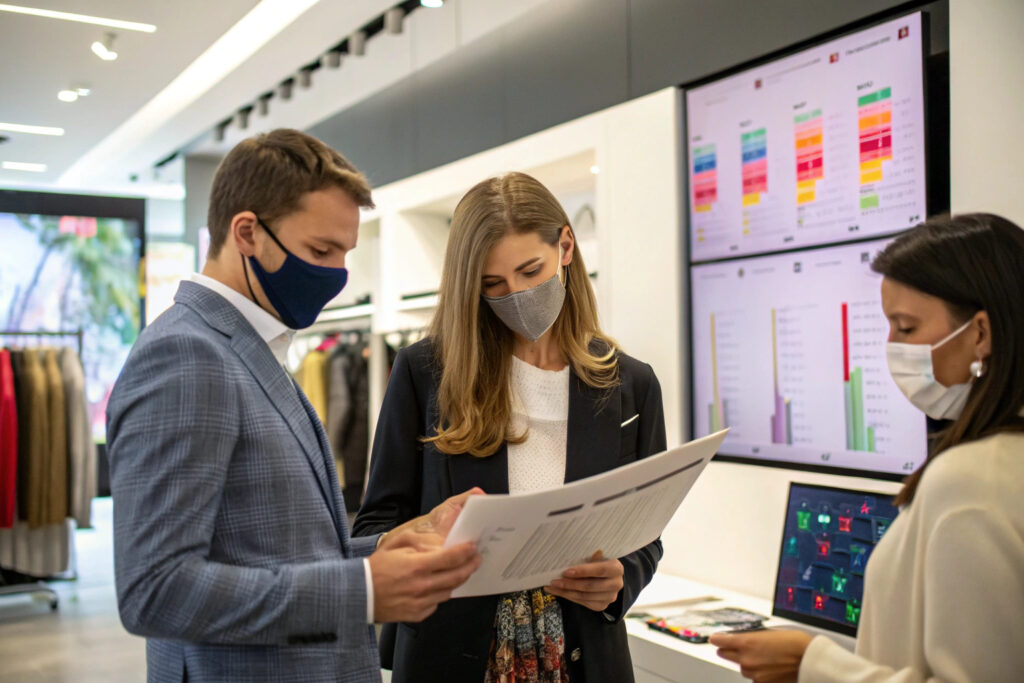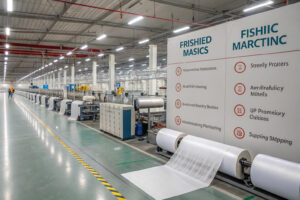When you try to choose the right fabric mask designs for your business, it is easy to feel uncertain. Many buyers worry about stocking products that may not sell, while also fearing missed opportunities if they ignore upcoming trends. This frustration grows when competition moves faster and captures customer attention first. Therefore, businesses need a way to reduce this uncertainty.
Trend forecasting can help predict what styles, patterns, and functions will be in demand next season, so you can make decisions backed by data instead of guesswork. By aligning your inventory with proven forecasts, you increase the chance of higher sales, better margins, and repeat buyers. Because of this, forecasting acts as a safety net for every investment.
That is why trend forecasting is no longer just for big fashion houses. Even medium and small buyers now use it as a core tool. As a result, they minimize risks and maximize opportunities in competitive markets. In the following sections, I will show how forecasting can guide profitable mask design selection, improve quality alignment, and give you a strong competitive edge.
Why Is Trend Forecasting Important for Fabric Mask Businesses?
Trend forecasting is important because the mask market is not only about safety but also about lifestyle and fashion. Buyers in America and Europe expect masks that blend comfort, utility, and style. If you follow outdated designs, you risk slow-moving stock. But if you anticipate what colors, shapes, or fabrics consumers will want, you stay ahead of the curve. As a result, your decisions drive consistent sales.
Trend forecasting gives businesses a roadmap of which fabrics, colors, and features will sell best in upcoming seasons. This saves costs on wrong production choices and increases profit margins. Because the insights are forward-looking, they guide not only production but also marketing.
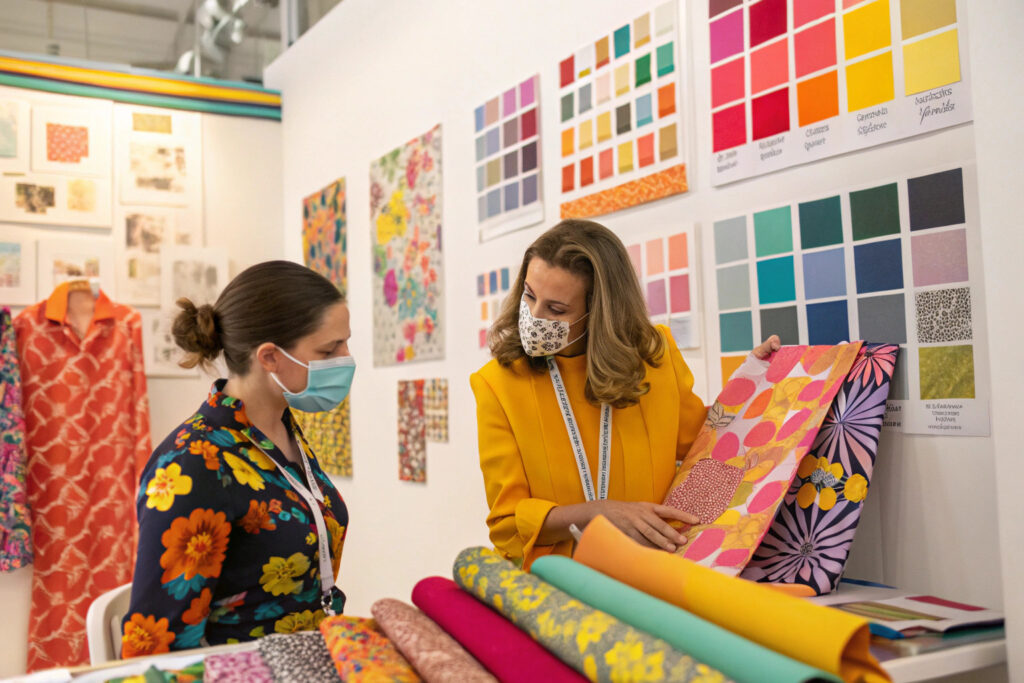
How do color and pattern trends shape demand?
Colors and patterns often define whether a mask becomes a bestseller. Global reports like Pantone Fashion Color Trend Report show which tones will dominate. For example, muted earth colors may perform well in fall, while bright pastels dominate in spring. Following such cues lets businesses align with customer moods. Even simple changes like offering floral prints in spring can boost sales. WGSN is another trusted source that predicts both pattern and cultural influences that affect buying decisions. Consequently, brands that adjust quickly benefit first.
What role do fabric functions play in consumer choice?
Customers now demand more than appearance. They value features like antimicrobial treatment and breathable cotton blends. Trend forecasting does not stop at colors. It also tracks fabric innovations like quick-dry polyester or sustainable organic cotton. Buyers who invest in fabrics aligned with these innovations see stronger customer loyalty. For example, eco-friendly fabrics attract environmentally conscious consumers who seek long-term value. This shift proves that fabric function is as important as style.
What Are the Key Sources of Trend Forecasting Insights?
Trend forecasting depends on reliable sources. Without strong data, design decisions remain risky. Some buyers only rely on instinct, but professionals who track trusted forecasting agencies make more confident choices. Therefore, using multiple forecasting channels is critical.
The most valuable sources for mask design trends are industry reports, fashion forecasting agencies, social media platforms, and real-time consumer analytics. Combining these creates a full picture of what will sell tomorrow. Because the data comes from different angles, the accuracy improves.

Which forecasting agencies are most trusted worldwide?
Agencies like WGSN and Trendstop are globally recognized for fashion trend prediction. They cover everything from fabric textures to cultural lifestyle shifts. For mask buyers, these agencies highlight functional features that resonate with consumers, like stretchability or anti-fog designs. Subscribing to these reports provides a competitive advantage in planning. Over time, access to reliable forecasts builds market confidence.
How can social media guide real-time forecasting?
Social media platforms like Instagram and TikTok are powerful real-time forecasting tools. Viral mask designs often start with influencers. By tracking hashtags like #fabricmask or #fashionmask, businesses can identify rising styles before they hit mainstream retail. Tools such as Google Trends allow you to measure search demand for specific mask features like “3D fabric mask” or “kids reusable masks.” This mix of social and search data complements traditional forecasting. As a result, decisions become both timely and customer-focused.
How Can Forecasting Improve Mask Profitability?
Forecasting is not just about style. It directly impacts profitability. Wrong design decisions can leave warehouses full of unsold products, while the right choices lead to quick sell-outs. This cause-and-effect relationship is why profitability relies heavily on forecasting.
By using trend forecasting, businesses reduce risks, cut excess inventory, and boost profit margins by investing in high-demand products. Therefore, forecasting acts as a financial safeguard.
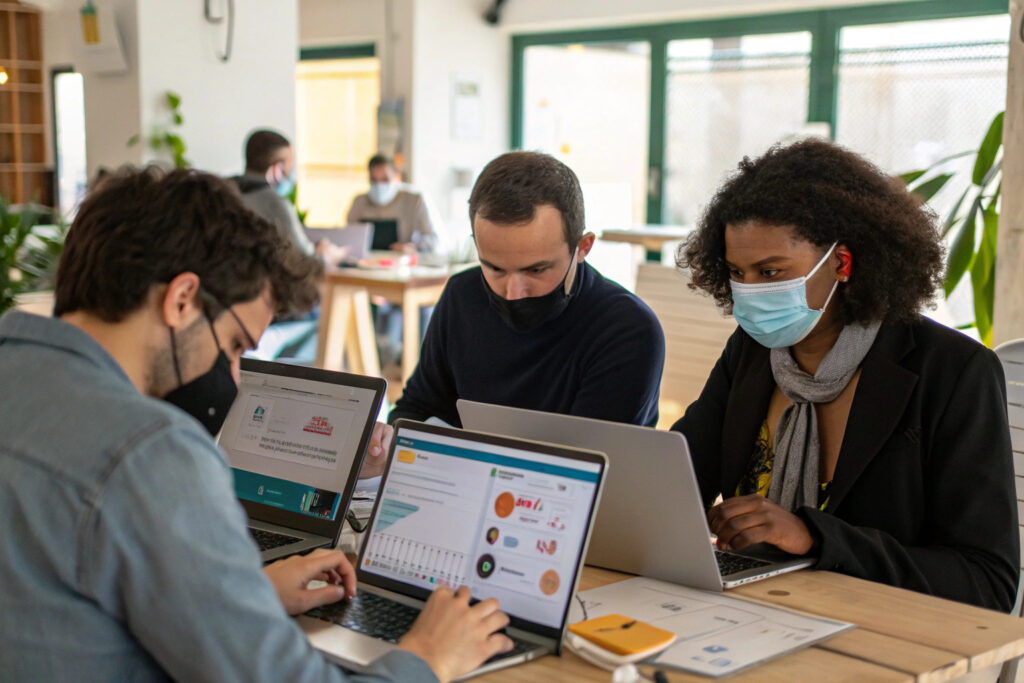
How does forecasting reduce inventory risk?
Forecasting helps balance supply with demand. For instance, agencies predict when demand shifts from plain masks to designer masks. With this data, businesses adjust production quantities. This reduces the chance of unsold stock. Also, insights about kids’ mask trends can guide correct age-group sizing, preventing waste in less popular categories. Over time, better forecasting translates to leaner operations.
Can forecasting increase margins for premium designs?
Yes. Premium mask designs like sports performance masks or sustainable eco-friendly masks allow higher markups. Trend forecasting shows when consumers are willing to pay more for function or design. For example, when quick-drying or anti-fog masks are trending, buyers can position them as premium products. The extra margin covers not just production but marketing costs as well. Because of this, profitability grows steadily.
How Should Small and Medium Buyers Use Trend Forecasting?
Small and medium buyers often think trend forecasting is too advanced or costly. But today, simplified tools make it accessible. Even without expensive subscriptions, online data, supplier insights, and simple forecasting apps help them plan better. As a result, they benefit from the same strategic clarity as large corporations.
Smaller businesses should use simplified forecasting by combining supplier trend updates, low-cost online tools, and flexible production strategies to minimize risk. Because these tools are affordable, they level the playing field.
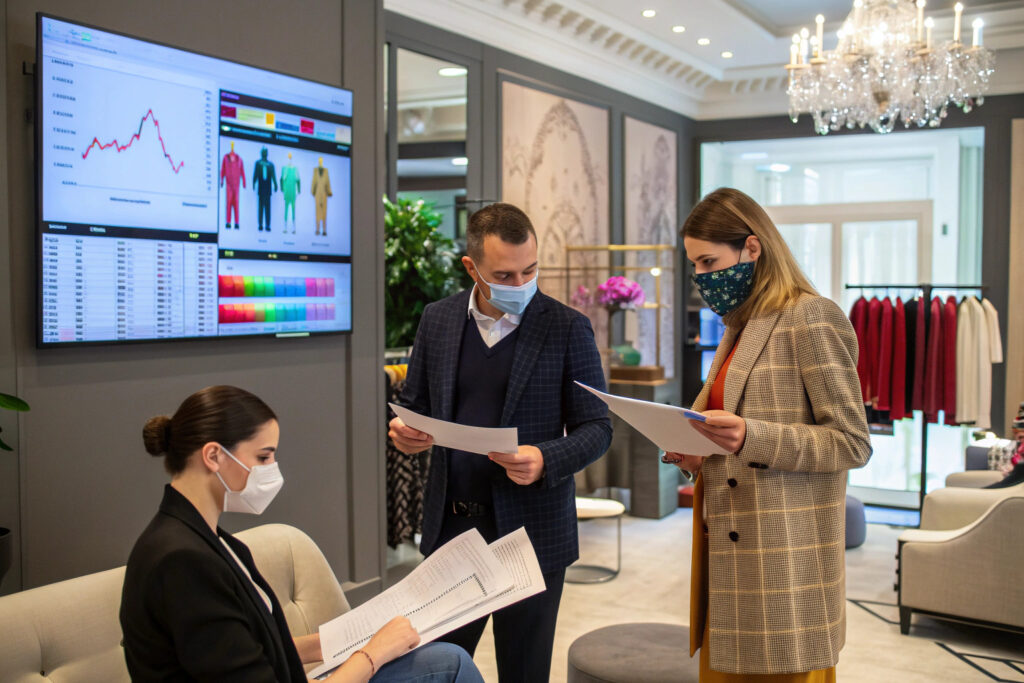
What tools are practical for small buyers?
Affordable resources like Google Trends and Pinterest Trends provide free insights. They show when interest spikes in certain mask features. Additionally, suppliers like us often share early sampling data and upcoming designs based on our global R&D team. By combining both, small buyers can make data-driven choices without heavy costs. This step-by-step method builds long-term confidence.
How can flexible supply chains support small orders?
Small businesses need suppliers that allow flexible minimum order quantities (MOQs). A supplier with agile production can adjust quickly to match trends. For example, if tie-dye masks suddenly become popular, agile factories can pivot fast. Companies that offer on-demand manufacturing help small buyers test new designs without committing to risky bulk orders. This flexibility keeps SMEs competitive. Because they can adapt fast, they survive in changing markets.
Conclusion
Trend forecasting gives businesses a clearer picture of which mask designs will succeed. From color and pattern choices to functional fabrics and consumer-driven insights, it reduces risks while boosting profits. Both large buyers and smaller entrepreneurs can benefit from applying forecasting methods in their sourcing and design planning. Because forecasting links design to market demand, it ensures stable growth.
If you are looking to produce profitable and trend-driven fabric masks, we invite you to partner with us at Shanghai Fumao. Our Business Director, Elaine, will guide you through design, sampling, and large-scale production. Contact her today at elaine@fumaoclothing.com to start your mask sourcing journey with confidence.

